The sister of a Dundonian SAS soldier who died in the Falklands has spoken of her pride after areas of the islands were renamed after fallen British servicemen.
Corporal Robert Allan Burns died aged just 22 in a helicopter crash on May 19 1982 that killed 20 passengers, a disaster dubbed the Special Air Service’s worst day in history.
Only nine escaped through one of the helicopter’s hatches before being rescued while treading water in the freezing ocean.
Robert’s death ‘devastating’ for family
Robert, known as Allan, was one of 255 British servicemen to die in the war with Argentina and was part of 264 Signals Squadron of 22 SAS Regiment.
Now the actions of the heroes will forever be etched into the history of the British Overseas Territory after its liberation in 1982.
Robert’s sister Alison Burns said the newly named Burns Lagoon 8,000-miles away from Scotland will hold a special place in the family’s hearts.
A tidal lagoon between Muddy Creek and Kings Creek, it is located at the northwest end of Port Salvador, East Falkland.
She said: “My brother’s death was such a devastating thing to happen to the family.
“I remember watching the news that day and thinking ‘those poor guys’ but not knowing one was Robert.
“It’s a long time ago now but the memories are still very vivid.
“Robert was the only boy (in the family) and there was a lot of pride in what he had achieved; he’d excelled in the Armed Forces and being in the SAS was really something to be proud of.
“The initiative to rename these sites is just wonderful and keeps his memory alive. The aim was to recognise their sacrifice and leave a lasting legacy so they are never forgotten.
“Robert’s grave is in the South Atlantic and we’ve been out to see the site. But to have something permanent like this just means so much.”
Landmarks renamed after fallen
The initiative has seen individual parts of the rugged landscape renamed after all the British servicemen who died in the war.
Twenty landmarks had already been named after the fallen from 1982 but locations have now been identified for the remaining 238 who perished, including civilians.
Among these are also locals John Simeon, Brian Murphy, and Ronald Tanbini, all from Dundee, and Cpl Laurence George Watts, originally from Hertfordshire but who later lived in Angus.
As well as Burns Lagoon, Lofty Watts Hill, Tanbini Stack, Murphy Islet and Simeon Hill will forever honour the brave men.
Thirteen members of 45 Commando Royal Marines based at Arbroath also died and various locations on the island south east of Argentina have also been renamed in their honour.
Named the 40th Anniversary Place Names Remembrance Project, it has been led by Rosie King, Sally Poncet and Ken Passfield to mark the liberation of the Falklands in 1982.
The short Falklands War began on April 2, 1982, when Argentina escalated long-running tensions and invaded what they call ‘Las Malvinas’.
Though never officially declared a war, it lasted 74 days before Argentine surrender on June 14.
A total of 255 British servicemen along with more than 650 Argentines and three islanders died while countless others were wounded.
Shock Sea King helicopter crash
The crash in which Robert was killed was put down to a bird striking the helicopter’s engine.
Those onboard fought each other after the Sea King hit the icy South Atlantic water at 80mph as survival instincts kicked in and they desperately tried to grasp pockets of air.
Most of the occupants drowned with the nine to escape being rescued 20 minutes later.
Some of those still alive have been left ridden with survivor’s guilt.
Robert, who went to St John’s RC High School, had joined the army aged 16 and quickly made a name for himself before joining the SAS a short time later.
Alison says he enjoyed the outdoors and thought nothing of once walking almost 100 miles all the way home to Dundee from a camping trip at Rannoch Moor.
Alison, who is a well-known jazz musician from the city now living near Alyth, also remembers Robert as a keen musician and said he would often walk the Kingsway blasting his bagpipes.
Alongside her sisters Barbara Duthie and Marion Duff, she hopes to one day visit Burns Lagoon.
“Robert was so understated,” she said. “He he didn’t say much about what he did in the SAS and that’s the way these guys are. Whenever anyone would ask he would just say ‘och I’m just a pen pusher’.
“He was confident in his ability and a real character. He was unique to us.
“We were delighted when we found out about this initiative and we’re all planning to go out to see the bay.”
The Angus-based marines killed in action were Marine Paul Callan, Sergeant Roger Enefer, Cpl Ken Evans, Cpl Peter Fitton, Sapper Christopher Jones, Sergeant Robert Leeming, Lance Cpl Peter McKay, Marine Gordon McPherson, Marine John Nowak, Marine Keith Phillips, Cpl Frank Spencer, Cpl Andy Uren and Marine David Wilson.
Of those, Cpl Fitton, Cpl Spencer and Marine Callan are buried in Arbroath.
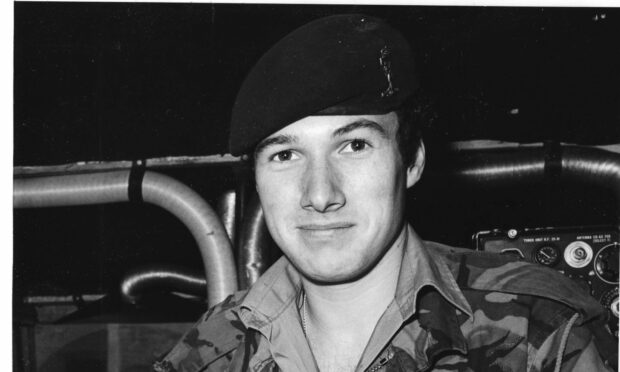
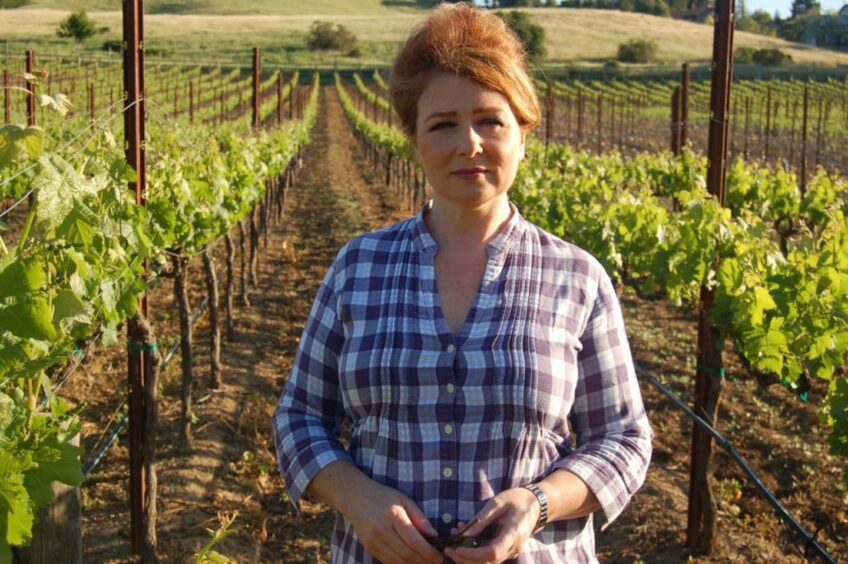

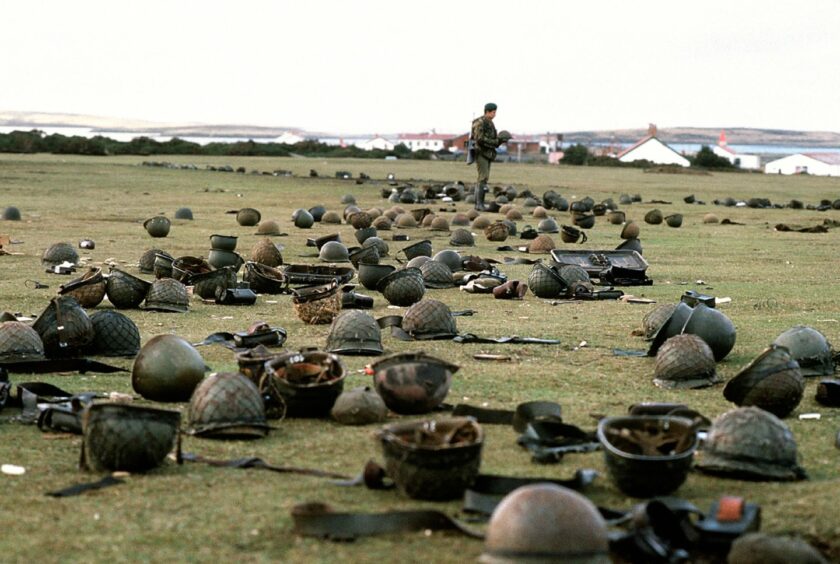
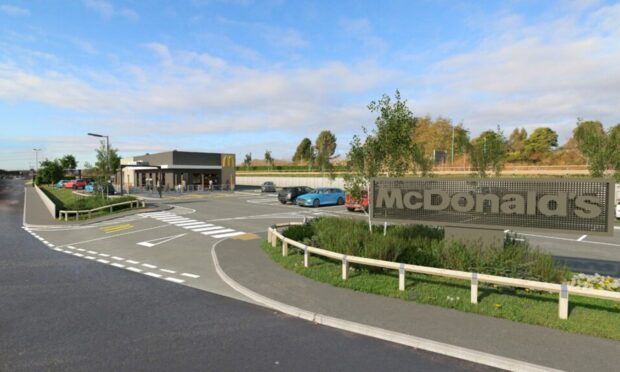
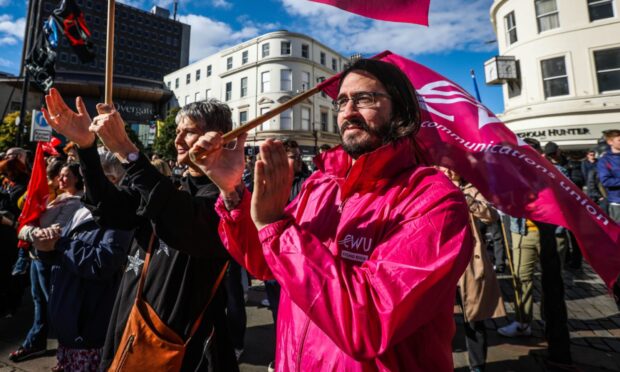
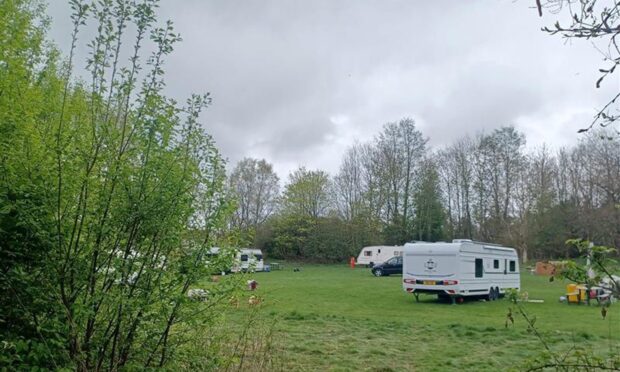
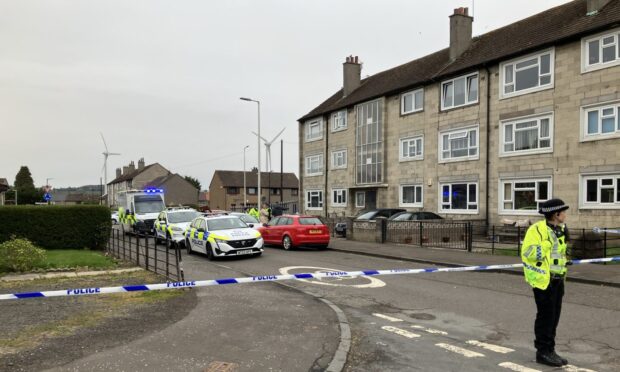

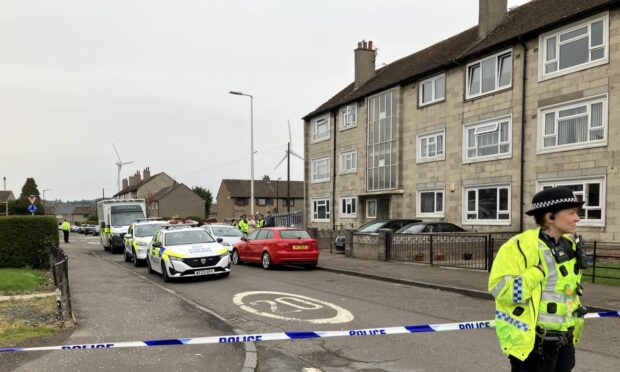
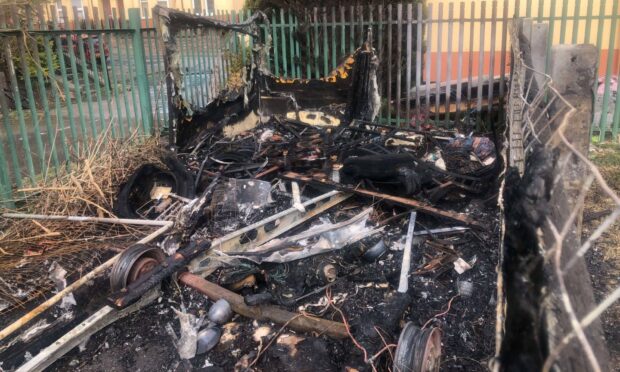
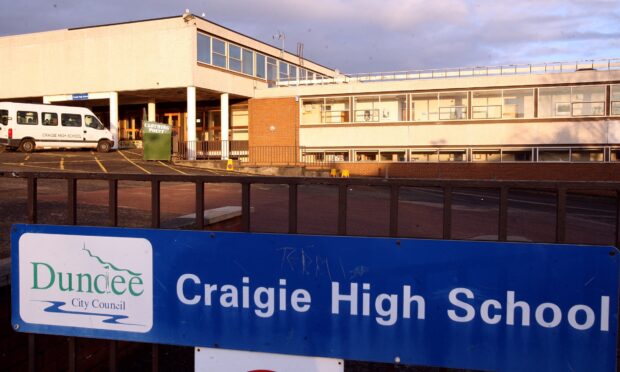
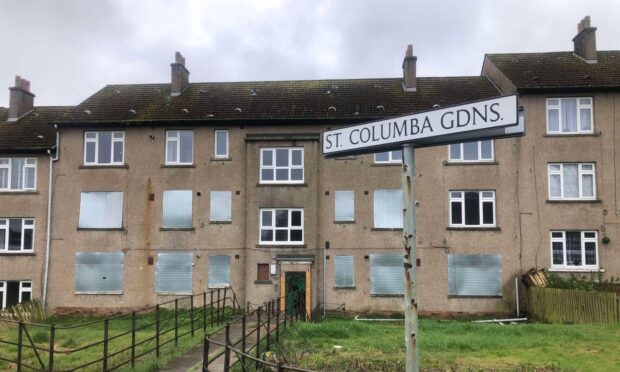
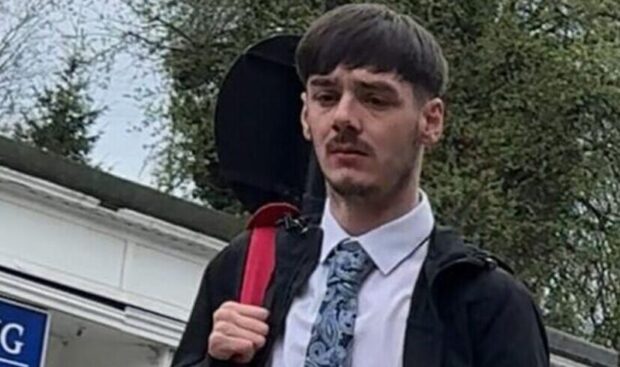
Conversation